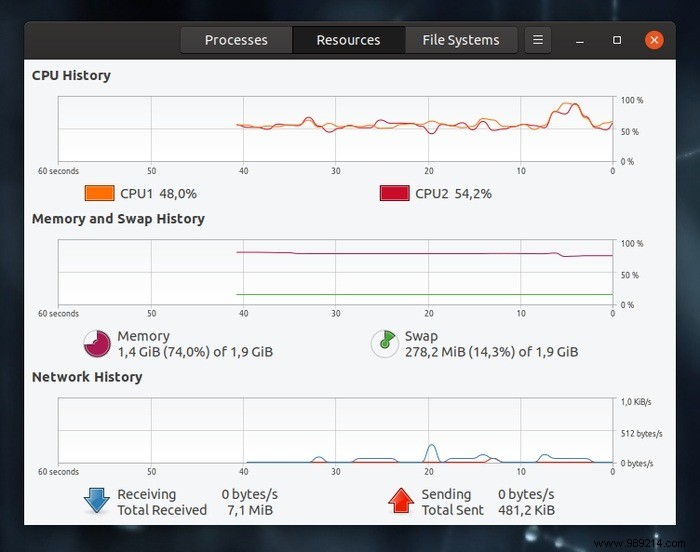It is true that if you spend thousands of dollars to buy the most expensive processor available in the market at any given time, it will perform better than the alternatives. However, it might only perform 5-10% better than the top-tier processor, which costs several hundred dollars less. Thus, it is important to know the factors that affect processor performance so that you can make a better purchasing decision.
ContentsWhat is the processorHow the processor worksClock speedNumber of coresCache and architectureThe CPU (Central Processing Unit), sometimes referred to as a "processor", is one of the most important components of a computer system. Being the brain of the computer system, its task is to support all data calculations and ensure that they are processed in the shortest possible time.
The processor is not something you can see from the outside of the computer. In fact, you won't be able to see the processor on a fully assembled PC. To see it, you need to remove the computer case, unplug the wire, and remove the heatsink (and fan), and only then can you see the surface of the processor. The shape of the processor is a small square chip with many connector pins underneath.
The images below show the back and top of a processor.

It's a disservice to describe multi-core processors as the equivalent of "gluing two or more processors together in the same package". They may look like this to the average consumer, but their actual designs are much smarter than just sticking two processors next to each other.
By coexisting on the same chip, the individual cores of a multi-core processor share some resources, both to reduce manufacturing costs and improve performance. For example, they can share a piece of cache memory, connections to other elements on a motherboard, etc.
Multicore processors can be homogeneous or heterogeneous. Homogeneous processors contain at least two identical cores. Heterogeneous processors contain cores of different types. For example, modern smartphone processors typically include a central core that's better for general operations and several smaller ones that help with photography, AI, etc.
With processor manufacturers focusing on adding more cores instead of pushing the GHz limit further, modern software and operating systems have followed suit. Most modern software already takes advantage of multiple cores, but you can still find many tools, apps, and even games, that perform better with higher single-core speed than multi-core ones. This happens because some workloads simply cannot be parallelized, broken into smaller chunks, and spread across multiple cores.
Back in the 8-bit era, a computer's RAM was fast enough to provide everything a processor needed. As processors continued to speed up, RAM began to catch up. This is when cache was introduced into the mix.

A cache, which is actually a small, extremely fast memory, is added to the CPU to store immediate instructions from RAM. Since the cache works at the same speed as the CPU, it can quickly deliver information to the CPU in the shortest time without any lag.
There are different cache levels. Level 1 (L1) cache is the most basic form of cache and is found on every CPU. Level 2 (L2) cache has a larger memory size and is used to store more immediate instructions. In general, L1 cache caches L2 cache, which in turn caches RAM, which in turn caches hard drive data. With the new multi-core technology, there is even a larger L3 or L4 cache shared between the different cores.
It should be noted that these may become less important in the future if someone finds a way to significantly speed up the connection between CPU and RAM. We mention this because AMD strength have managed to achieve this and it is one of the reasons why their next generation of Zen architecture processors are exciting.
The above factors affect processor performance. You may also want to know the differences between an Intel and AMD processor and how to choose an AMD processor.